Another busy week! Meeting wonderful people at Divvy – manufacturers of various lighting solutions with fast service response on all kind of LED lighting products.
So, here we are getting over a beautiful weekend with so many requests received about more on lighting design. Thank you all!
In response, let me write more about how to choose from the lights that we already know.
Things to consider and Things you must avoid while selecting your lighting solutions.
Let me talk on this with the brains of an interior designer and help you about how to use these sources.
Today, the smart urban lighting trends are an “IN” thing. We have areas that are bit smaller but still have higher quality spaces. Light designing for such areas is challenging and demands innovation. One more essential feature for contemporary designing is ‘Green designs!’ It is an approach for building a space that minimizes harmful effects on our health and environment. It attempts to safeguard air, water and Earth by selecting eco-friendly material and practices involved.
It’s not easy, I bet!
We, as designer have to face many challenges like,
-Too much emphasis on compact fluorescent lighting as people insist to install it.
-Little understanding of lighting design by utility and energy efficiency advocates like, persisting on the idea of more energy efficient sources sometimes kills the design element.
-Not many good choices of luminaries embodying green principles.
As I have mentioned here about the luminaries, let’s take a brief look at the types of luminaries we use.
Warning: It may get little more technical down there, but I am quite sure you’d enjoy it!
There are main three types based on the application.
ARCHITECTURAL:
These are built-in lighting systems. A simple architectural luminaire houses one or more inexpensive linear fluorescent lamps. The luminaire mounts to the ceiling or wall; a shielding board conceals the lamps.
- Recessed cans
- Track
- Cove
-Under cabinet lights are few examples for Architectural luminaries.
Decorative:
Decorative lighting is said to be the ‘Jewel of architectonics’. It has significant role in building style, period or motif. To give the space an ornamental touch is the main purpose. It helps in creating themed environments. Most decorative luminaires can be used in dry indoor spaces only. A few types, notably lanterns and some sconces are wet-labeled, meaning they can be exposed to direct rain.
Other commonly used are,
- Chandeliers
- Sconces
- Pendants
- Lamps
Utility:
The name itself suggests that such luminaries are used as per the requirement of the space to be designed. The following are few examples for the same.
- Drums
- Closet lights
If you ask me, I would like all of you to know little more in detail about ‘Recessed Lighting’. As you already know from my previous article illuminating with brilliance and here few lines back in architectural luminaries, there is bit more about it to interest you.
# Recessed lighting:
A Recessed light or popularly known as Down light, Pot light for Canadian and Canister or Can light for American is a light fixture, installed into a hollow opening in a ceiling. It appears as a broad floodlight or a narrow spotlight! There are three parts to a recessed lighting fixture-
a) Housing: The housing is the fixture itself that is installed inside the ceiling and contains the lamp holder. There are Standard Housing; Remodeler Housing and Premium Housing fittings available if one likes to go for as per the designing need.
b) Trim: The trim is the visible portion of the light. It is the insert that is seen when looking up into the fixture, and also includes the thin lining around the edge of the light. Standard Trims and Low Voltage Trims like glass trim, gasketed for wet environments, Low cost spa and shower light for tubs and shower stalls are widely used nowadays.
c) Bulb: There are many different types of bulbs that can be inserted into recessed lighting fixtures, with the amount of heat generated by the bulb being a unique consideration.
Recessed lighting has the advantage for you including, it is a hidden light source and most importantly, it is quite an energy efficient one. However, the tradeoff is that they are relatively permanent and may be unflattering.
Now after knowing this much about it, what is the purpose of involving a designer in light designing? The answer is – the perspective to get something special.
Here, I can undoubtedly mention that most of the times this design element ends up with the use of ‘Accent lighting!’ You would instantly like to ask what this term means, Wouldn’t you?
Accent lighting is the light that illuminates a particular area or objects.
This kind of lighting you may have seen being used in highlighting art or artifacts. The brighter light from the accent lamp provides visual significance to the room. This is also used for lighting the stairway, as in theatres to light a walk-way or can fix outdoors as pathway guides and spotlighting the garden art. Not only this, some accent lights aren’t made just to shine the particular area or object but they also serve as a piece of art with a self-contained light source. You can find such accent lights made with Tiffani glass that you can use as a part of your home décor.
Common accent lights include,
- Scones
- Floodlights
- Recessed Lights
- Toechère lamps and
- Track lighting
Let’s take a look at accent lighting used for various spaces.
- Foyers
- Hallway/Prime art location
- Art niches
- Living room/great room/family room
- Dining room
- Master bedroom
- Study room
- Powder room
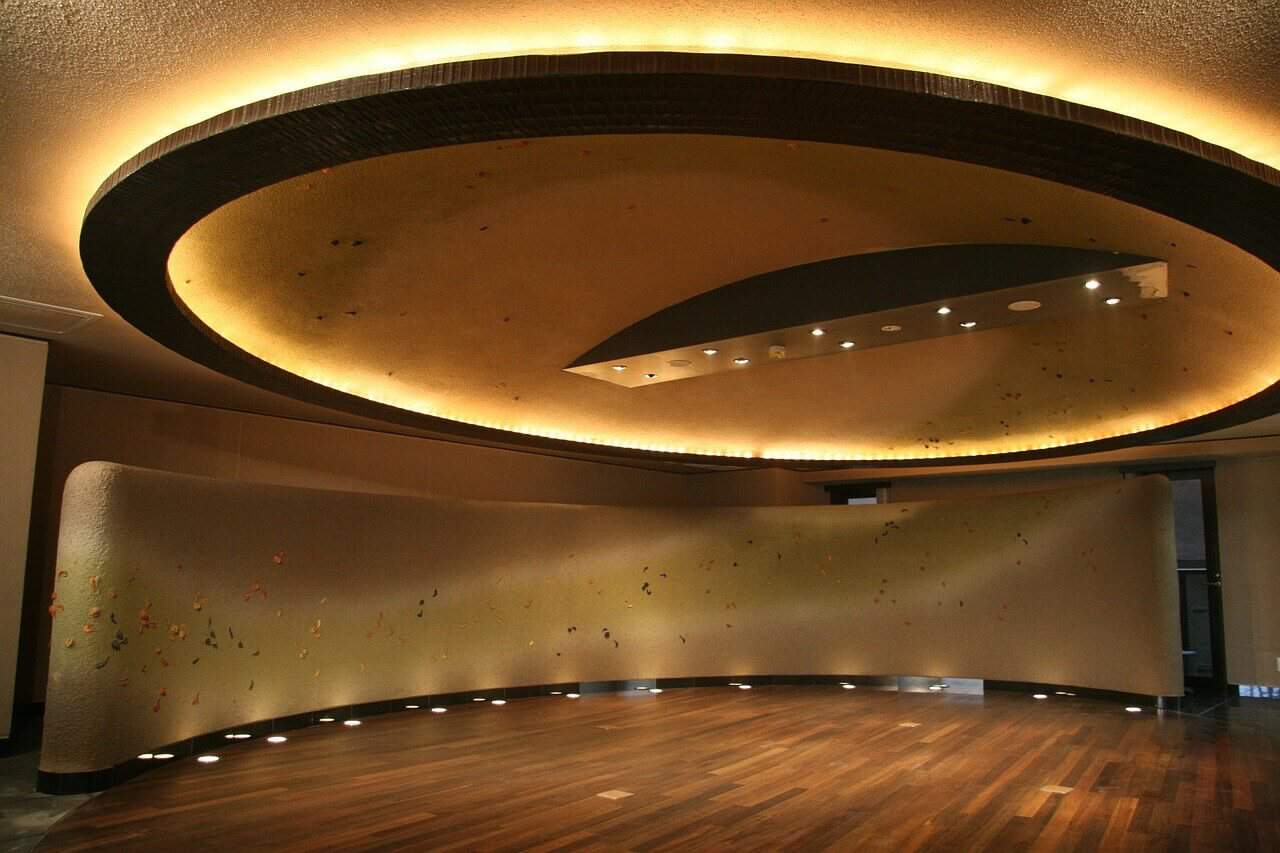
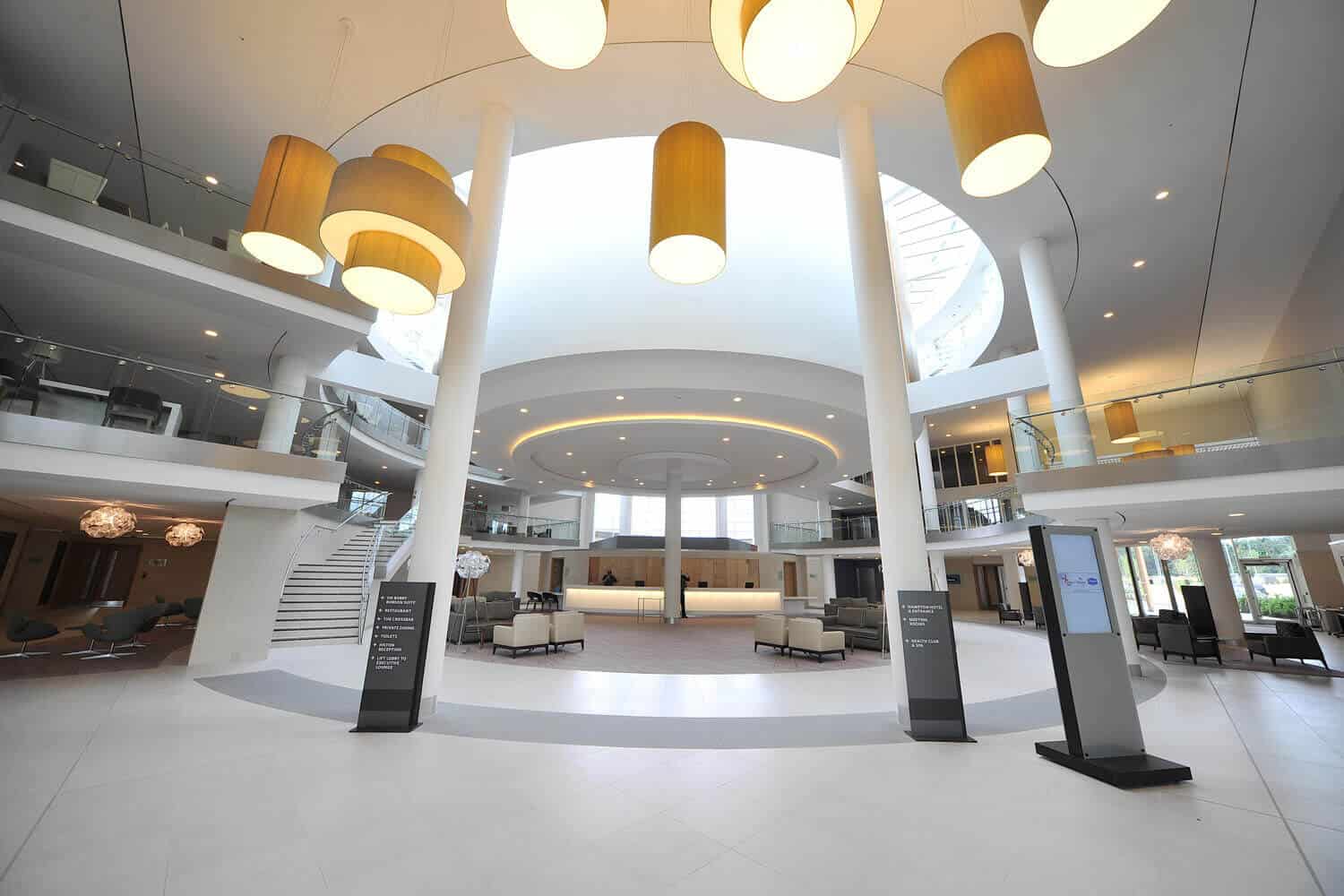
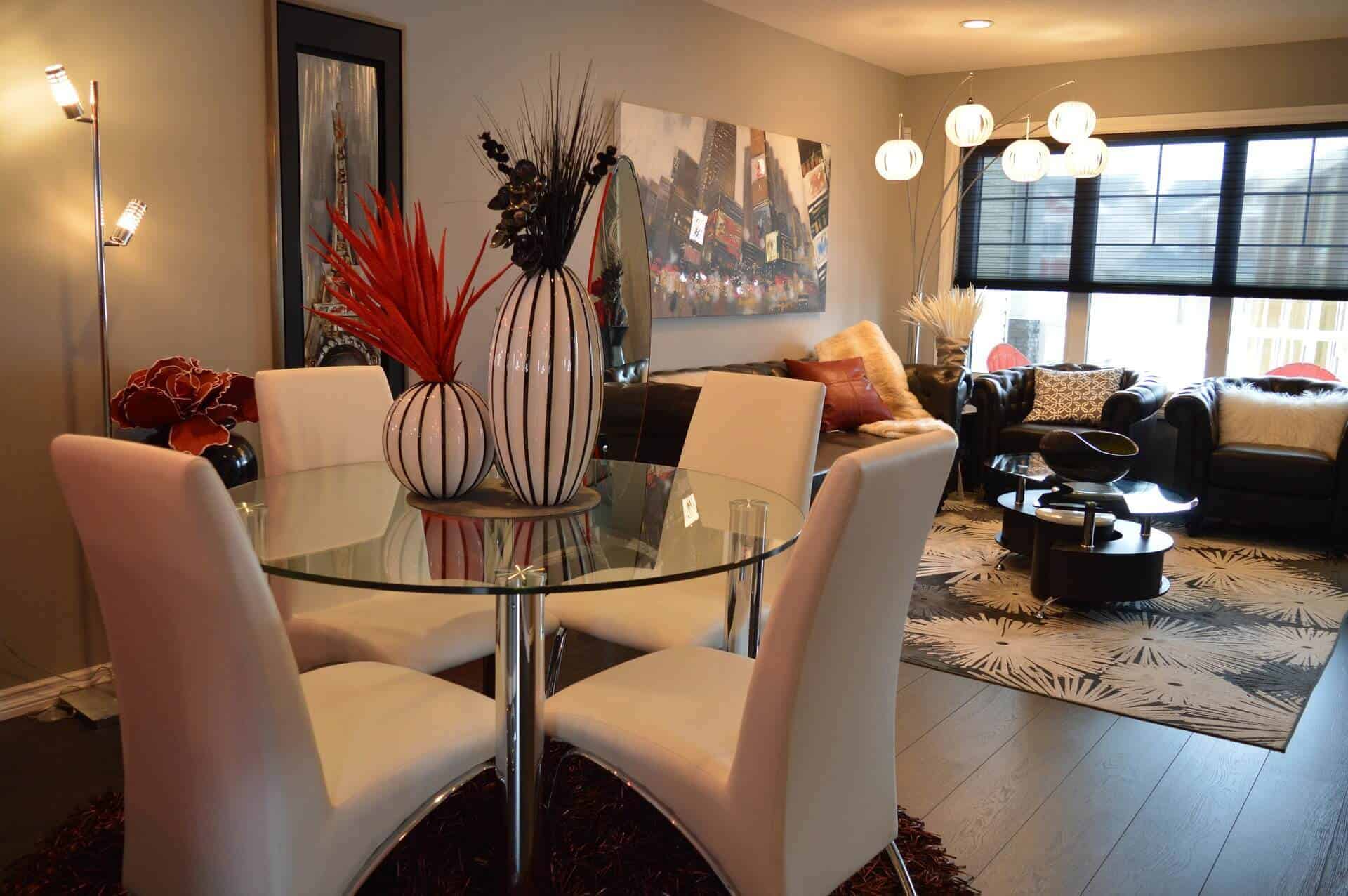
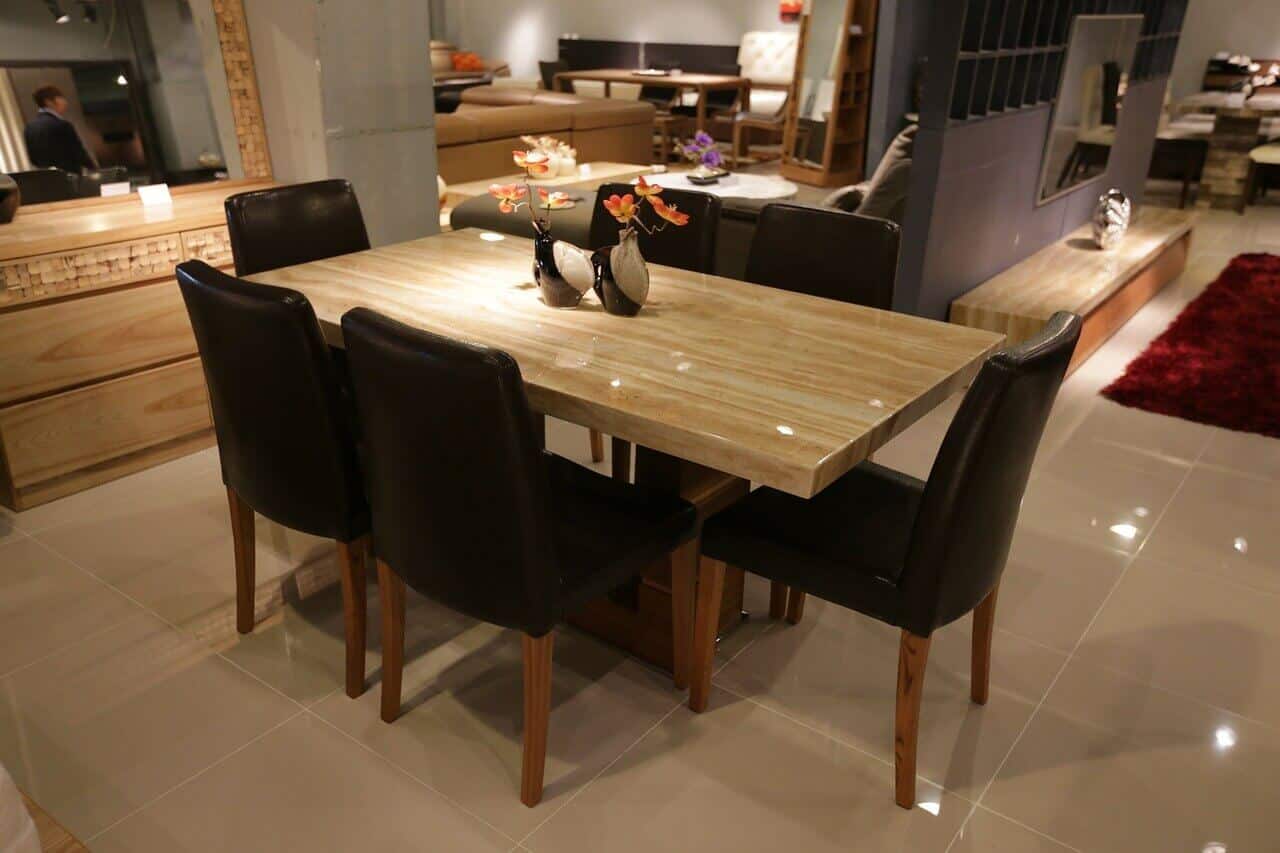

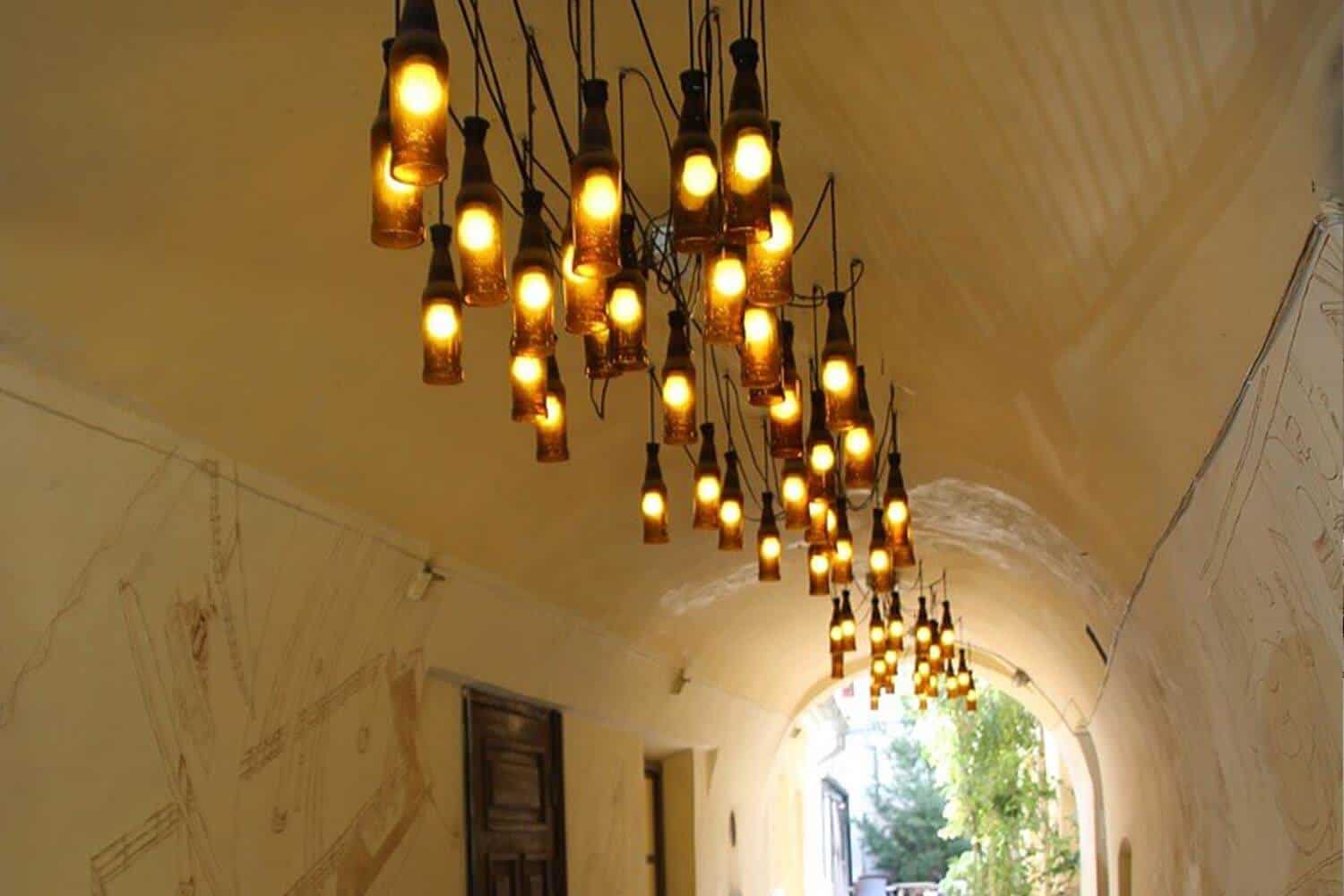

Accent Lighting Techniques:-
If everything till now has pulled you in the flash of light designing then here I am with the technique you can use while going for accent lighting.
-
-
- It should be located at about 30 degrees off vertical relative to focal point.
- Do not get too close to wall; it normally can be set 24” minimum away.
- Use 30-60-90 triangle to determine optimum position.
- This is important that one should use lighting systems capable of hitting above 40 degrees (off vertical) in special situations.
- While installing the fixture, distance from the fixture to the artwork will determine beam angle and candlepower.
-
I think we should call for the day here, as this topic is an ocean of information and concepts.
